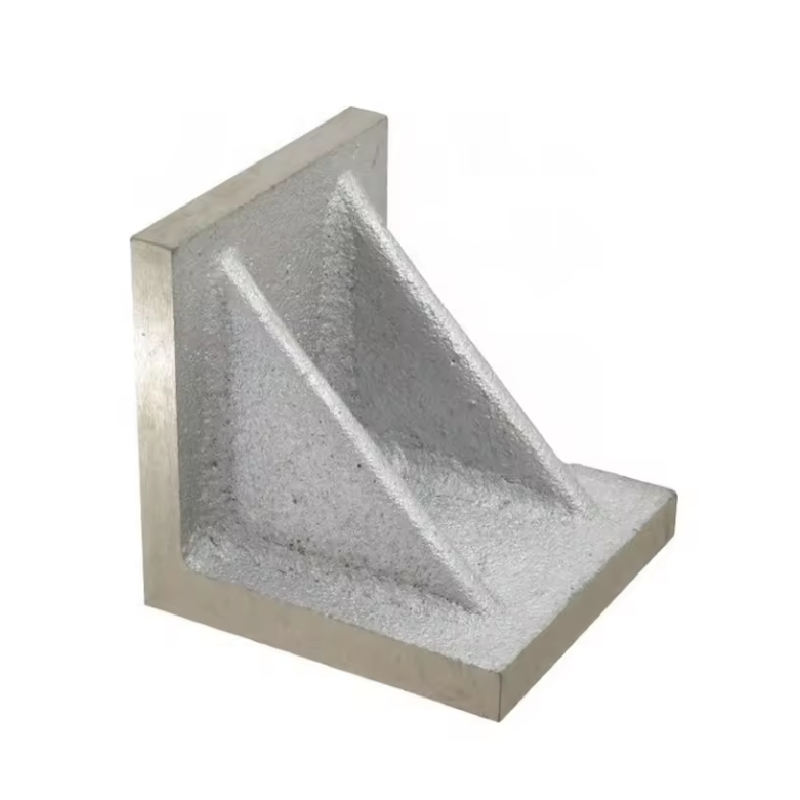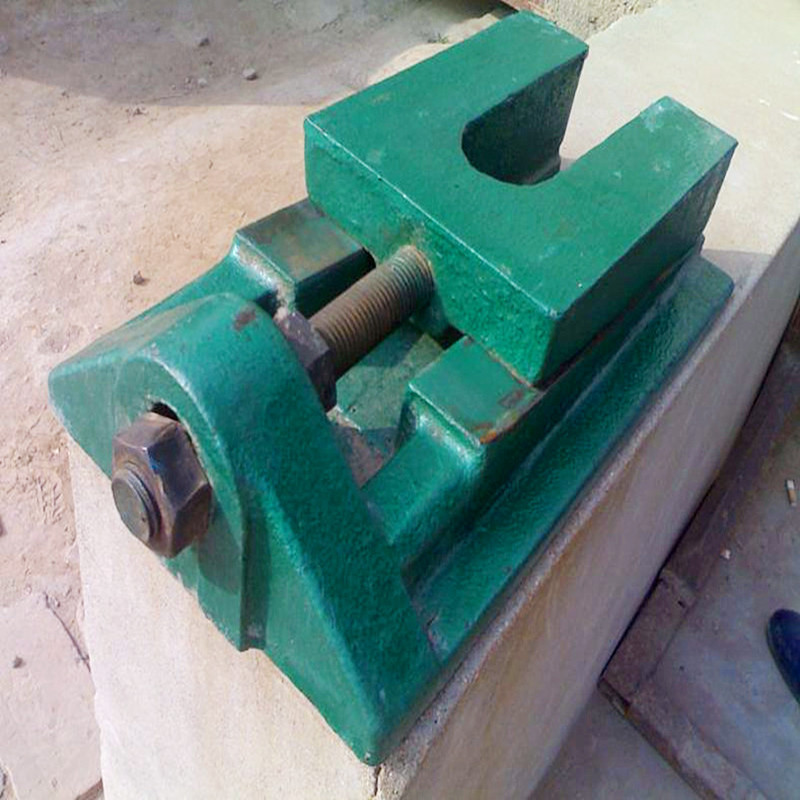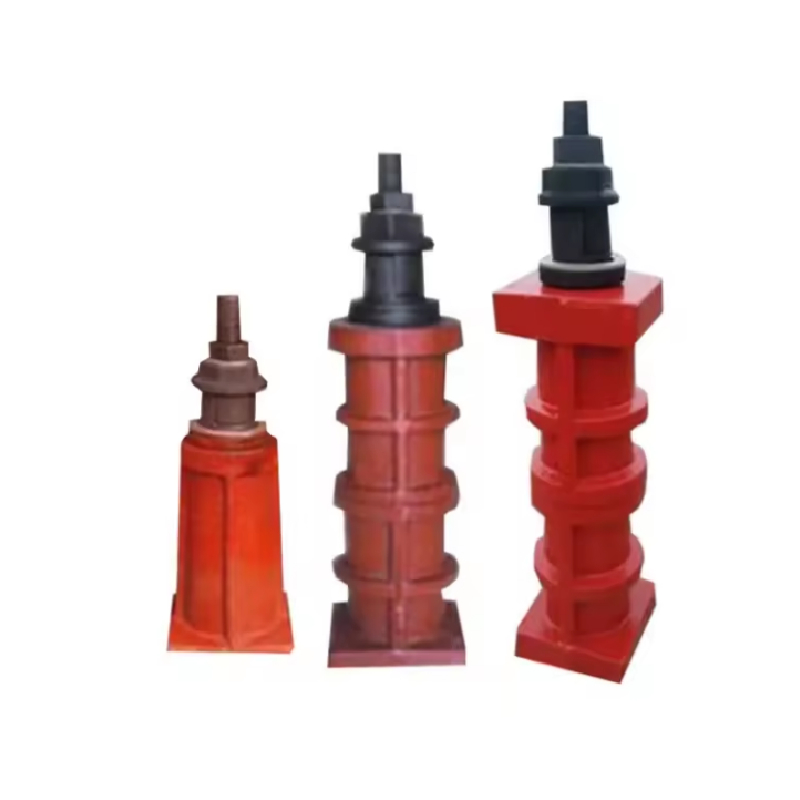Hul . 28, 2025 10:18 Balik sa listahan
The Process of Creating Precision Granite Stone Blocks
Katukma granite stone blocks are essential in etymology, manufacturing, and quality control due to their exceptional flatness, thermal stability, and wear resistance. From quarrying raw stone to final calibration, producing flat granite blocks and large granite blocks requires specialized techniques. This article explores the manufacturing process, quality standards, and applications of these critical measurement tools, including their use with welding inspection rulers and marble stone boxes.
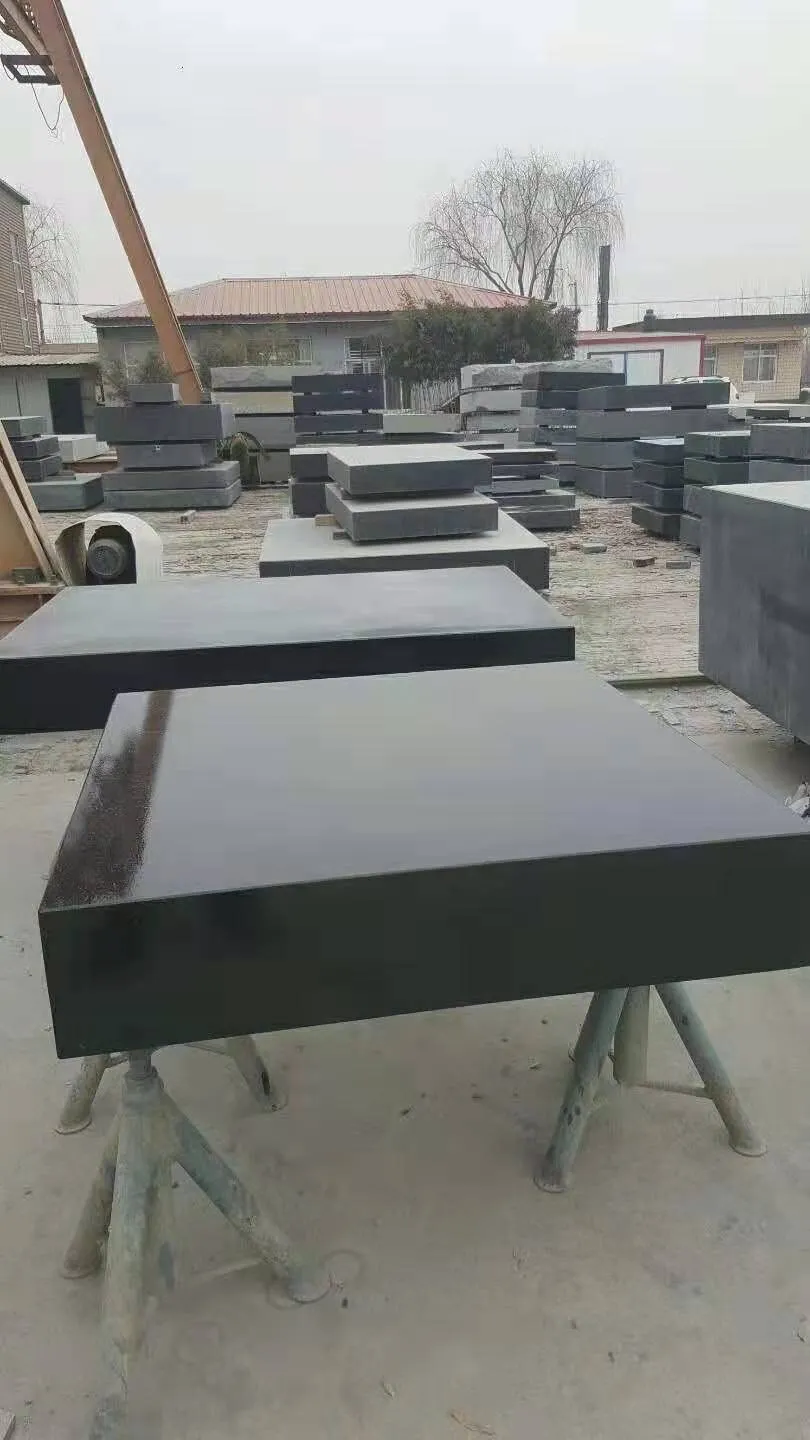
Quarrying and Selecting Raw Granite Stone Blocks
The journey of granite stone blocks begins at the quarry, where high-quality granite deposits are identified and extracted. The most commonly used granite for precision tools is Jinan blue stone, known for its:
Uniform grain structure – Ensures consistent hardness and minimal internal stress
Low thermal expansion – Maintains dimensional stability in varying temperatures
High density – Provides excellent wear resistance and durability
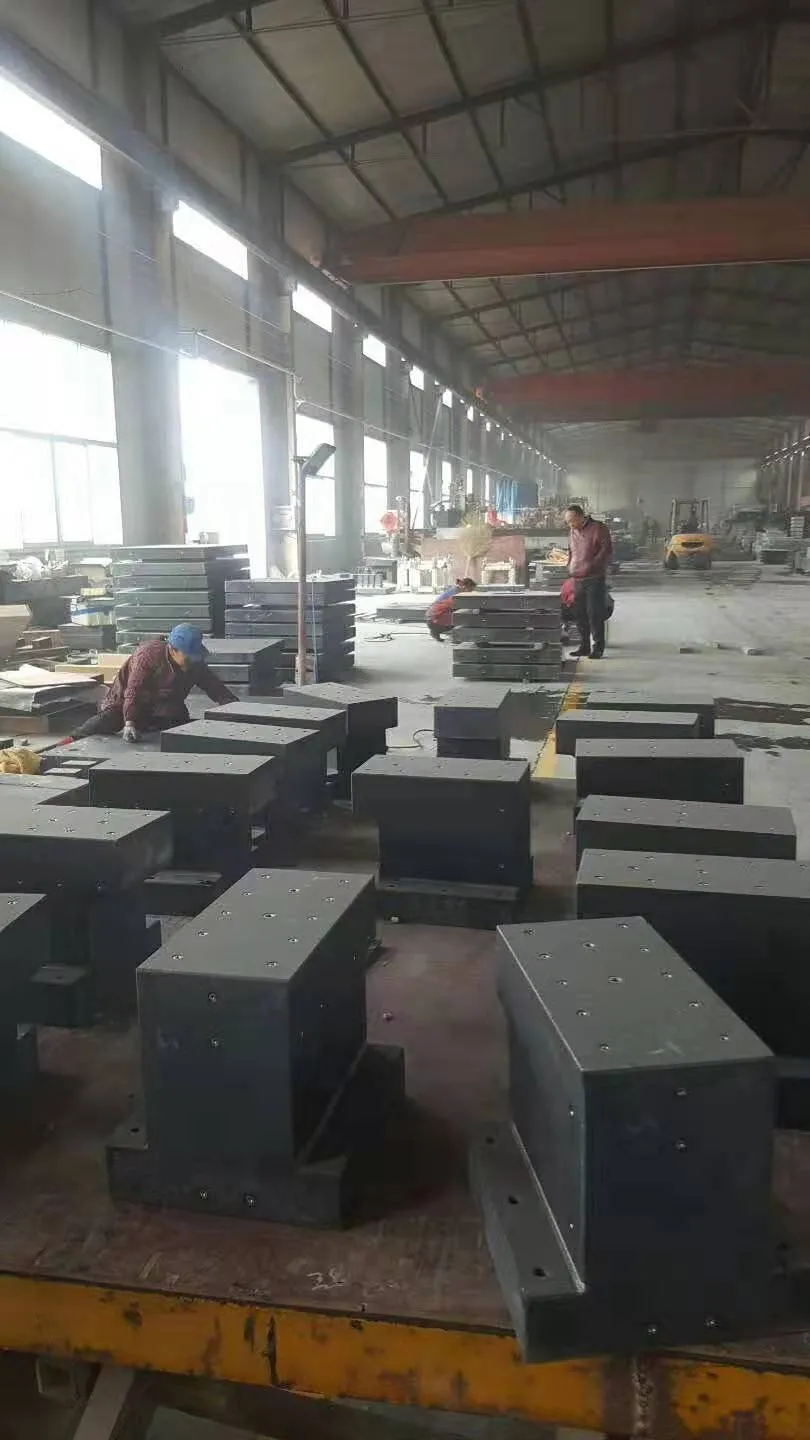
Large blocks are cut using diamond wire saws or hydraulic hairsplitter to minimize fractures. Only defect-free sections are selected for further processing into flat granite block or large granite blocks for industrial use.These blocks undergo rigorous quality control checks to ensure they meet the required standards for precision tools and industrial applications. Once verified, they are transported to processing units where they are shaped and polished according to specific customer requirements. The precision in cutting and polishing is crucial to maintain the inherent properties of granite, such as its hardness, durability, and resistance to wear and thermal expansion. From here, the granite stone blocks are ready to be utilized in the creation of high-quality tools and components for various industries.Further processing may involve techniques like flame cutting or water jet cutting to achieve intricate designs and dimensions. The finished granite stone blocks are then packaged carefully to prevent damage during transportation and storage. They are often accompanied by certification of quality and compliance with industry standards, assuring customers of their reliability and suitability for intended uses. Whether for construction, monumental purposes, or as raw material for precision tools, the journey of granite stone blocks from quarry to final application is a testament to their resilience and versatility.Many manufacturers and suppliers take pride in their sustainable practices, ensuring that the extraction and processing of granite stone blocks minimize environmental impact. This may include the use of eco-friendly cutting and polishing methods, recycling of water used in processing, and the restoration of quarry sites after extraction.In addition to their physical attributes, granite stone blocks are also valued for their aesthetic appeal. The natural beauty and unique patterns of granite make it a popular choice for architectural and decorative applications. From kitchen countertops to floor tiles, the elegance and durability of granite add a touch of sophistication to any setting.As the demand for granite stone blocks continues to grow, innovations in extraction, processing, and transportation techniques are driving efficiency and sustainability in the industry. With advancements in technology and a commitment to environmental stewardship, the journey of granite stone blocks from nature to human creation promises to remain a vital and enduring one.
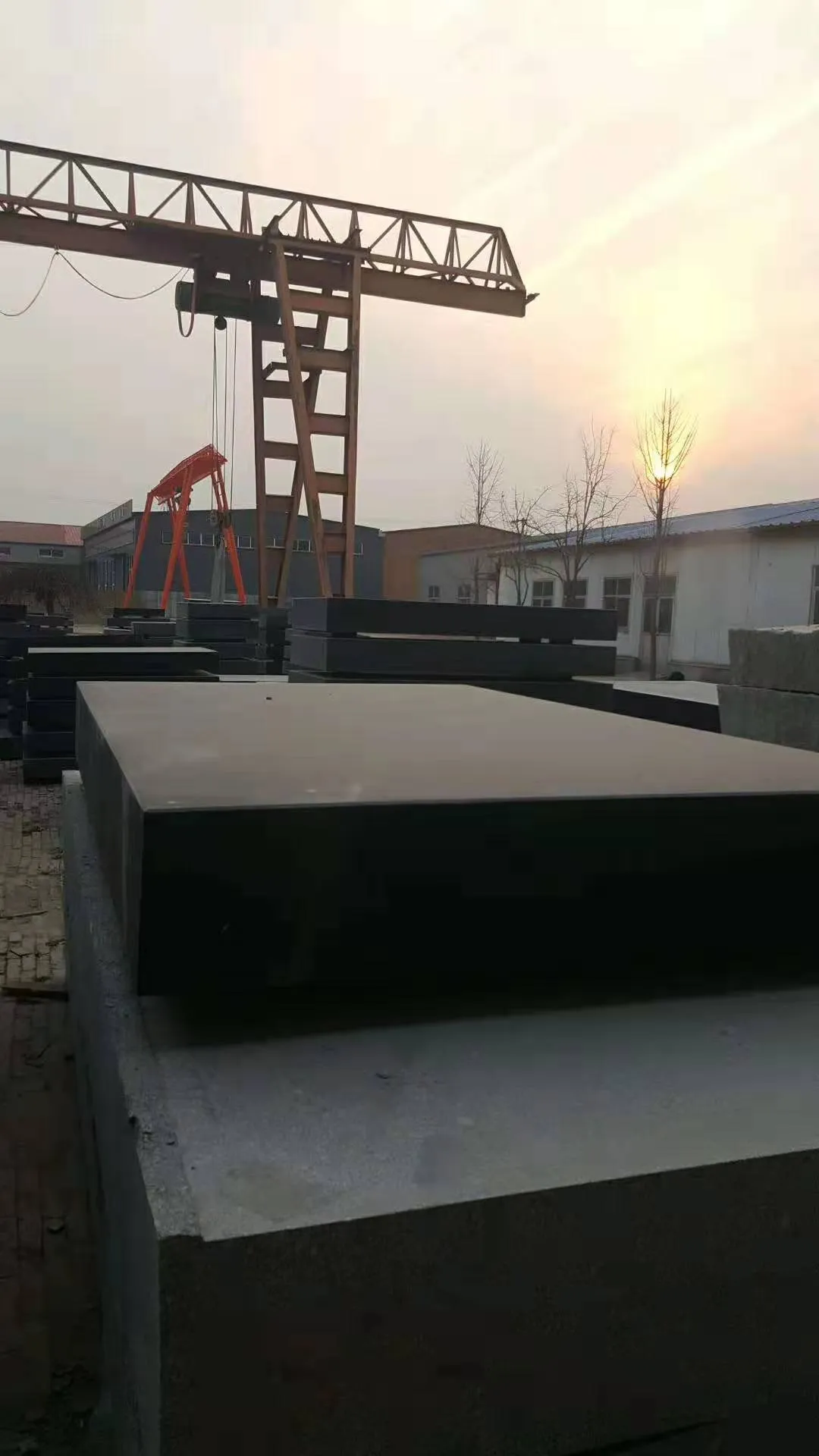
Cutting and Shaping the Granite Stone Blocks
Once quarried, the raw granite undergoes precision cutting and shaping:
Primary Cutting – Gang saws or block cutters slice the stone into slabs of required thickness (typically 100mm to 300mm for large granite blocks).
CNC Milling – Computer-controlled machines rough-cut the granite into near-final dimensions.
Edge Grinding – The edges are chambered to prevent chipping during handling.
Key Quality Check: Ultrasonic testing detects hidden cracks or voids before proceeding.
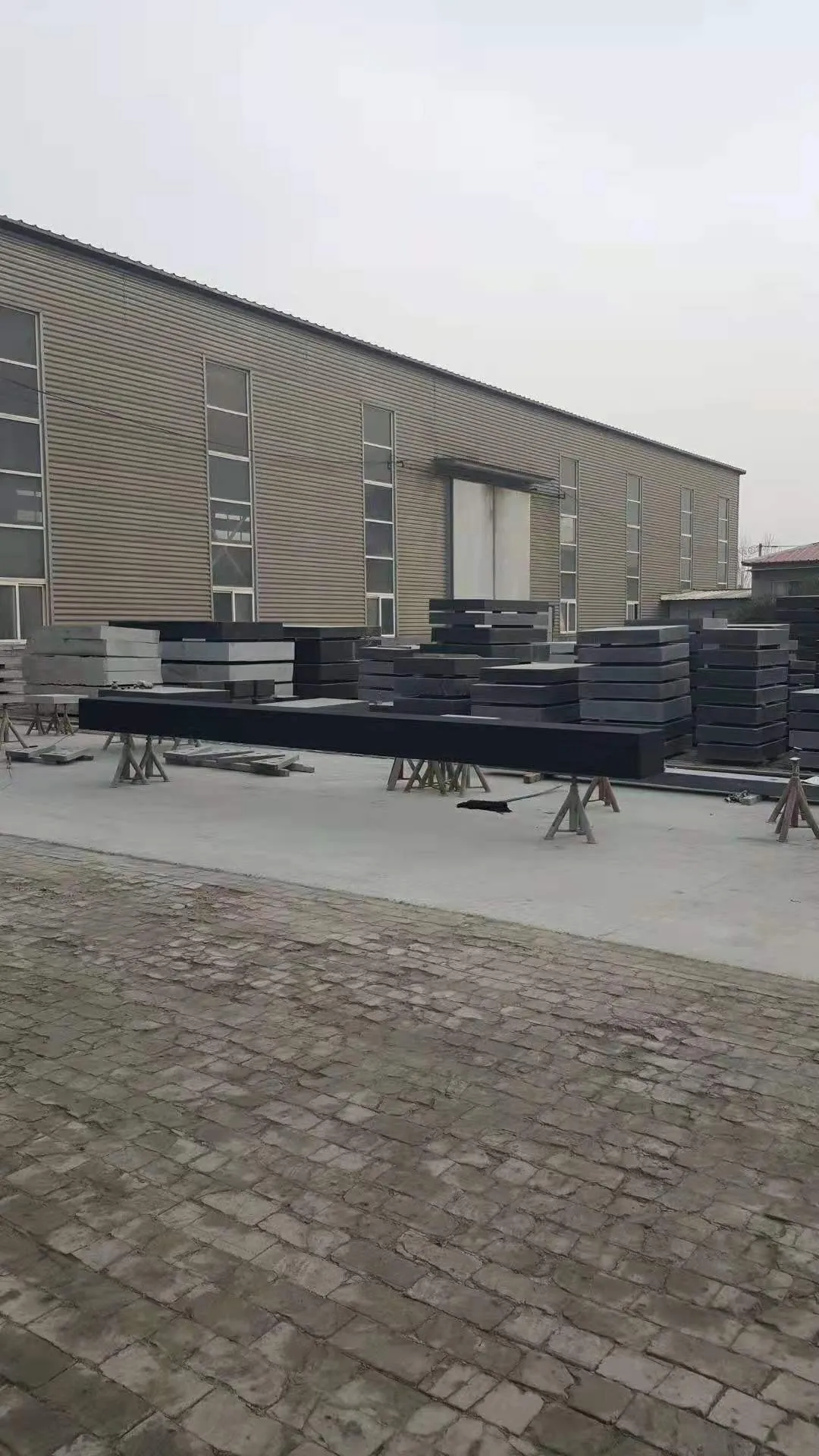
Granite Stone Blocks Precision Grinding and Lapping
The most critical phase in creating flat granite block is achieving ultra-precise flatness:
Surface Grinding – Diamond grinding wheels flatten the block within 0.01mm tolerance.
Hand Scraping (if required) – Master technicians refine the surface for AA-grade flatness.
Lapping – A final polish ensures a mirror-like finish with roughness below 0.2µm Ra.
Flatness Standards:
|
Grado |
Tolerance (per 1m²) |
Typical Use |
|
AA |
0.0001" (2.5µm) |
Etymology labs |
|
A |
0.0002" (5µm) |
Quality control |
|
B |
0.0004" (10µm) |
Workshop use |
Granite Stone Blocks Quality Verification and Calibration
Before certification, each granite stone blocks undergoes rigorous testing:
Laser Interferon – Verifies flatness to micron-level accuracy
Straightedge Checks – A welding inspection ruler confirms edge perpendicularity
Hardness Testing – Ensures Shore hardness ≥ HS70 for wear resistance
Blocks that pass inspection are stamped with compliance marks (e.g., ISO 8512-1 or JJG194-92).
Granite Stone Blocks Applications in Industry and Metrology
Finished flat granite block serve critical roles in:
Surface Plates – Reference surfaces for precision measurement
Machine Tool Alignment – Ensuring perpendicularity of CNC equipment
Welding Inspection – Used alongside welding inspection rulers to verify joint straightness
Comparative Measurement – Paired with marble stone boxes for dimensional checks
Granite Stone Blocks FAQs
What makes granite st better than steel for precision measurement?
Granite has superior thermal stability, vibration damping, and wear resistance compared to steel, maintaining accuracy longer.
How large can granite surface plates be manufactured?
Large granite blocks can exceed 4m x 2m for industrial applications, though transport becomes challenging.
Can damaged granite blocks be repaired?
Minor scratches can be re-lapped, but cracked granite stone blocks must be replaced.
Why is Jinan granite preferred for etymology tools?
Its fine grain structure and low porosity minimize measurement errors over time.
Where can I purchase certified granite measurement tools?
We supply calibrated granite blocks, welding inspection rulers, and marble stone boxes—contact us for wholesale pricing.For manufacturers, labs, and quality departments, our granite stone blocks offer:
AA-grade flatness certification
Custom sizes up to 4m x 2m
Competitive wholesale pricing
Contact us now to discuss your requirements—ensure your measurements meet the highest standards with our precision granite solutions!
-
V Blocks for Sale: Types, Uses, and Best Heavy-Duty Frame V OptionsBalitaJul.28,2025
-
The Process of Creating Precision Granite Stone BlocksBalitaJul.28,2025
-
Key Factors When Selecting Ball Valves for SaleBalitaJul.28,2025
-
How Seat Material Affects Performance in Butterfly Valve ApplicationsBalitaJul.28,2025
-
Guide to Plain Ring Gages for Industrial Quality ControlBalitaJul.28,2025
-
4 Flanged Y Strainer Configurations for Heavy-Duty SystemsBalitaJul.28,2025
May Kalabutan nga mga PRODUKTO




